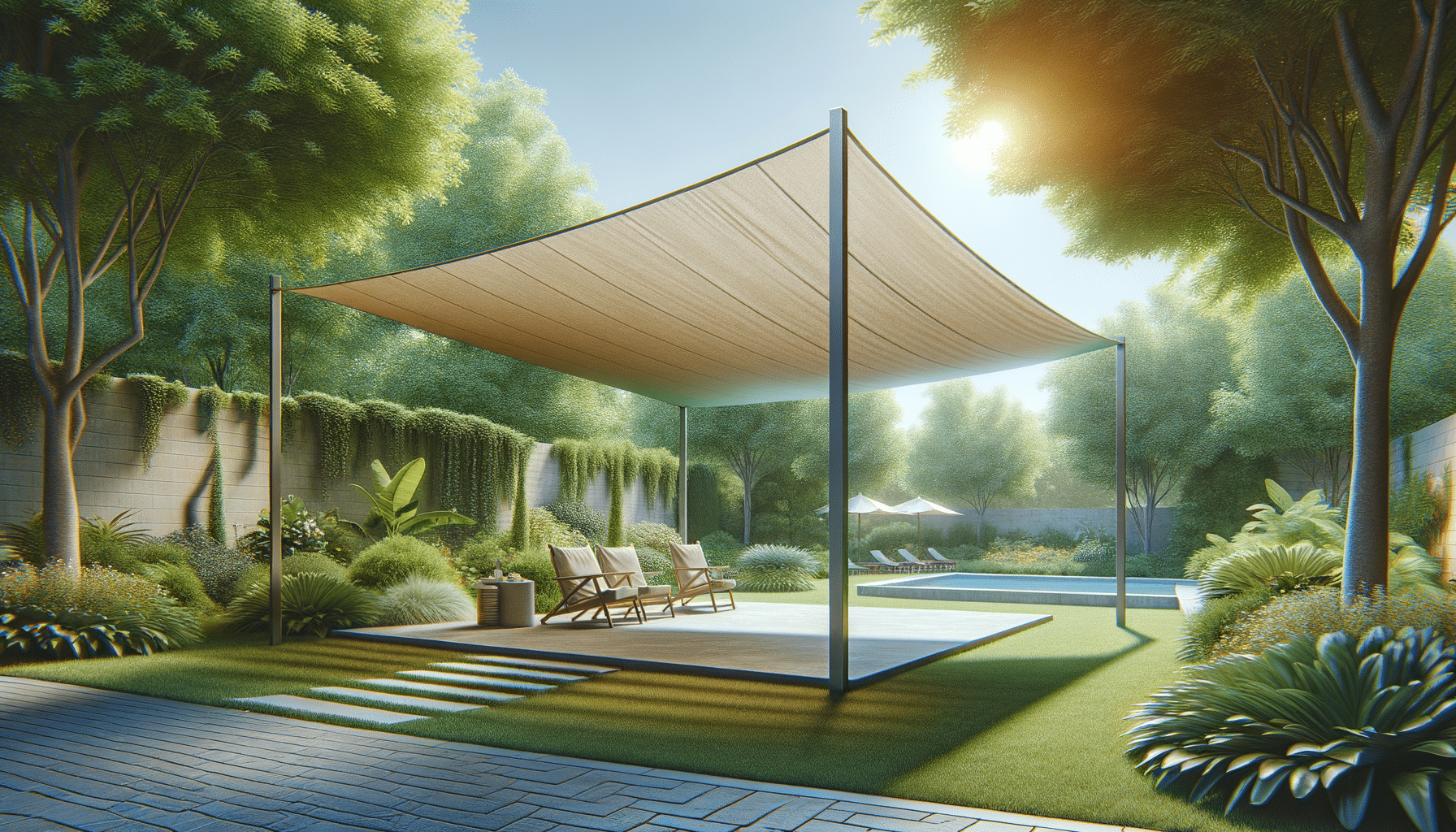
Stay Cool: Versatile Outdoor Canopies
Introduction to Outdoor Shade Canopies
Outdoor shade canopies are essential for anyone looking to enjoy the great outdoors while staying protected from the sun’s harsh rays. These versatile structures provide much-needed relief from UV exposure, making them a popular choice for backyards, parks, and event spaces. As we become more aware of the health risks associated with prolonged sun exposure, the demand for effective shade solutions has grown. Outdoor canopies not only offer protection but also enhance the aesthetic appeal of any outdoor setting.
With various designs, materials, and sizes available, choosing the right canopy can be overwhelming. However, understanding the specific needs of your space and the benefits each type of canopy offers can simplify the decision-making process. From providing shelter during family gatherings to serving as a stylish addition to outdoor decor, shade canopies have become a staple in modern outdoor living.
Types of Outdoor Shade Canopies
There are several types of outdoor shade canopies, each catering to different needs and preferences. The most common types include pop-up canopies, sail shades, pergolas, and retractable awnings. Pop-up canopies are known for their ease of use and portability, making them ideal for temporary events or camping trips. They can be set up quickly and provide instant shade wherever needed.
Sail shades, on the other hand, offer a more permanent solution. These triangular or square pieces of fabric are stretched between anchor points, creating a modern and stylish look. Sail shades are perfect for covering larger areas and can be arranged in various configurations to suit the design of your space.
Pergolas are another popular choice, providing a more robust and architectural solution. These structures can be freestanding or attached to a building and often feature a lattice roof that can be covered with fabric or climbing plants for added shade. Pergolas are perfect for creating a defined outdoor living area.
Retractable awnings offer flexibility, allowing users to extend or retract the canopy as needed. This feature is particularly useful for spaces where shade is only required at certain times of the day or year. Each type of canopy has its unique benefits, and understanding these can help you choose the right one for your needs.
Materials Used in Canopy Construction
The materials used in the construction of outdoor shade canopies play a crucial role in their durability and effectiveness. Common materials include polyester, polyethylene, canvas, and vinyl. Polyester is a popular choice due to its lightweight nature and resistance to water and UV rays, making it ideal for pop-up canopies.
Polyethylene is another durable option, often used in sail shades. It is known for its strength and ability to withstand various weather conditions. Canvas, while heavier, offers a classic look and is often used in more permanent structures like pergolas. It is breathable and provides excellent UV protection.
Vinyl is commonly used in retractable awnings due to its flexibility and resistance to moisture. It is easy to clean and maintain, making it a practical choice for many homeowners. When selecting a material, consider the climate in your area and the level of maintenance you are willing to undertake.
Each material offers distinct advantages and can significantly impact the performance and longevity of your canopy. Therefore, it’s essential to choose a material that aligns with your specific needs and environmental conditions.
Design and Aesthetic Considerations
Beyond functionality, the design and aesthetic appeal of an outdoor shade canopy are important factors to consider. Canopies come in various colors, patterns, and styles, allowing you to choose one that complements your outdoor decor. A well-chosen canopy can enhance the visual appeal of your space, creating a cohesive and inviting environment.
Consider the existing color scheme and style of your outdoor area when selecting a canopy. Neutral tones like beige, gray, or white are versatile and can blend seamlessly with most settings. For a bolder statement, opt for vibrant colors or patterns that add a pop of color to your space.
The shape and size of the canopy also play a role in its overall aesthetic. Sail shades, with their sleek and modern design, can create a striking visual impact, while a pergola offers a more traditional and elegant look. The key is to choose a design that not only provides shade but also enhances the overall ambiance of your outdoor area.
Incorporating lighting, plants, or outdoor furniture can further elevate the design, transforming your shaded area into a comfortable and stylish retreat.
Installation and Maintenance Tips
Proper installation and maintenance are crucial for ensuring the longevity and effectiveness of your outdoor shade canopy. Before installation, assess the area where the canopy will be placed, ensuring there is adequate space and stable ground for support. For more permanent structures like pergolas, consider hiring a professional to ensure a secure and safe setup.
Regular maintenance is essential to keep your canopy in good condition. This includes cleaning the fabric regularly to prevent mold and mildew buildup, especially in humid climates. Most canopies can be cleaned with mild soap and water, but always refer to the manufacturer’s instructions for specific care guidelines.
Inspect the frame and hardware periodically for signs of wear or damage. Tighten any loose bolts or screws and replace any damaged parts promptly to prevent further issues. For retractable awnings, ensure the mechanism is functioning smoothly and lubricate moving parts as needed.
Proper storage during the off-season or adverse weather conditions can also prolong the life of your canopy. If possible, disassemble and store the canopy in a dry, sheltered area to protect it from the elements.
By following these installation and maintenance tips, you can enjoy the benefits of your outdoor shade canopy for years to come.